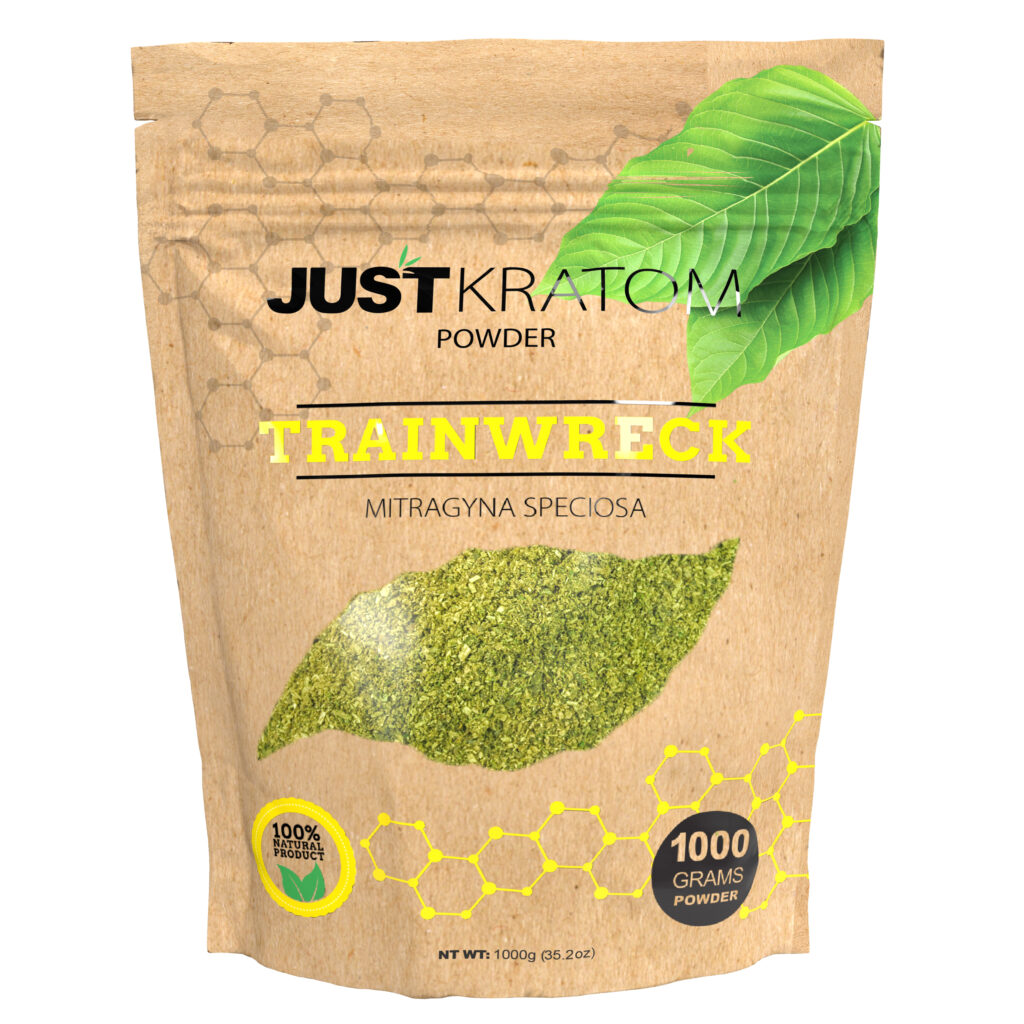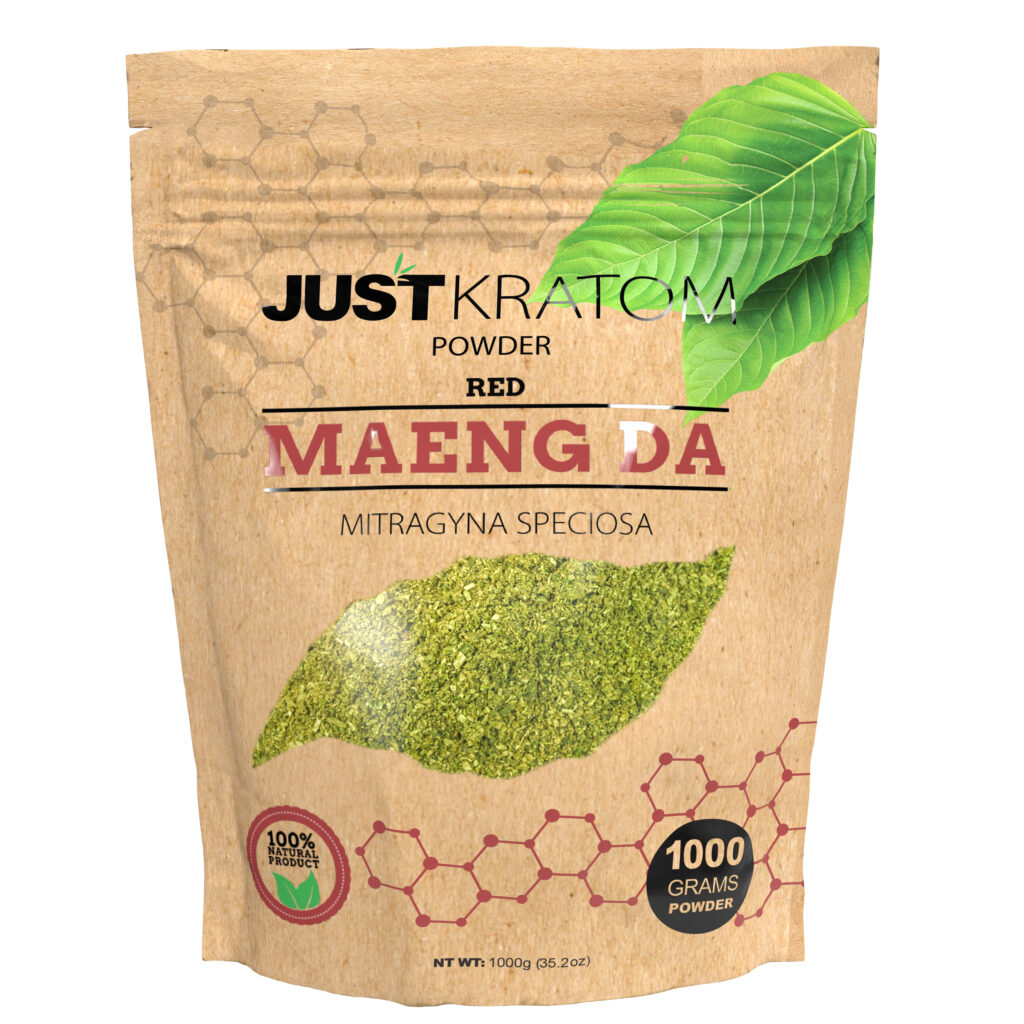Historical Use of Kratom
Kratom, a tropical evergreen tree native to Southeast Asia, has a long and storied history of medicinal use in traditional cultures. For centuries, indigenous people have relied on kratom leaves for their purported analgesic, stimulating, and mood-altering effects. These practices have been woven into the fabric of local healing traditions, passed down through generations, and integrated into diverse cultural contexts.
Ancient Roots in Southeast Asia
Kratom, a tropical evergreen tree native to Southeast Asia, has a long and storied history of medicinal use in traditional cultures. For centuries, indigenous people have relied on kratom leaves for their purported analgesic, stimulating, and mood-altering effects. These practices have been woven into the fabric of local healing traditions, passed down through generations, and integrated into diverse cultural contexts.
- In Thailand, kratom has been traditionally used to manage pain, reduce fevers, and enhance energy levels.
- In Malaysia, it is believed to alleviate headaches, digestive issues, and respiratory ailments.
- Throughout Indonesia, kratom has been incorporated into traditional ceremonies and rituals, often associated with spiritual practices.
Traditional Medicinal Applications
Across Southeast Asia, kratom holds a prominent place in traditional healing practices. It is widely recognized for its multifaceted therapeutic properties, with applications varying across different cultures.

In Thailand, kratom has been traditionally used to manage pain, reduce fevers, and enhance energy levels. Its stimulating effects make it a popular remedy for fatigue and mental exhaustion.
In Malaysia, kratom is believed to alleviate headaches, digestive issues, and respiratory ailments. It is often consumed in the form of tea or powder to soothe stomach cramps, combat coughs, and relieve nasal congestion.
Throughout Indonesia, kratom has been incorporated into traditional ceremonies and rituals, often associated with spiritual practices. Its psychoactive effects contribute to altered states of consciousness, making it a component in some indigenous ceremonies.
Kratom’s Effects and Mechanisms
Kratom, derived from the leaves of the Mitragyna speciosa tree, exerts its effects through interactions with opioid receptors in the brain. These interactions are believed to be responsible for kratom’s analgesic (pain-relieving), stimulant, and mood-altering properties. The plant contains compounds called mitragynine and 7-hydroxymitragynine, which are thought to be primarily responsible for its pharmacological effects.
Active Compounds: Mitragynine and 7-hydroxymitragynine
Kratom derives its effects from the interaction of its active compounds with opioid receptors in the brain. Mitragynine and 7-hydroxymitragynine are the primary components believed to be responsible for kratom’s diverse range of effects.
Mitragynine, the predominant alkaloid in kratom, acts as a partial agonist at mu-opioid receptors. This binding produces analgesic and mood-altering effects similar to opioids, but with a lower potential for addiction and respiratory depression. 7-hydroxymitragynine, another significant alkaloid, exhibits weaker affinity for mu-opioid receptors but acts more potently as an antagonist at kappa-opioid receptors.
This interaction contributes to kratom’s stimulating properties, promoting energy and alertness. Additionally, 7-hydroxymitragynine is believed to play a role in kratom’s euphoric effects.
Pharmacological Action on the Body
Kratom exerts its effects through the interaction of its active compounds with opioid receptors in the brain. Mitragynine and 7-hydroxymitragynine are the primary components believed to be responsible for kratom’s diverse range of effects.
Mitragynine, the predominant alkaloid in kratom, acts as a partial agonist at mu-opioid receptors. This binding produces analgesic and mood-altering effects similar to opioids, but with a lower potential for addiction and respiratory depression.
7-hydroxymitragynine, another significant alkaloid, exhibits weaker affinity for mu-opioid receptors but acts more potently as an antagonist at kappa-opioid receptors. This interaction contributes to kratom’s stimulating properties, promoting energy and alertness. Additionally, 7-hydroxymitragynine is believed to play a role in kratom’s euphoric effects.
Cultural Significance and Ritualistic Practices
Cultural Significance and Ritualistic Practices
Cultural significance and ritualistic practices are deeply intertwined with the use of kratom in Southeast Asia. For centuries, indigenous communities have incorporated kratom leaves into their traditional healing systems, weaving its purported medicinal properties into the fabric of their cultures. These practices have been passed down through generations, evolving alongside cultural beliefs and traditions.
Integration into Daily Life

Cultural significance and ritualistic practices are deeply intertwined with the use of kratom in Southeast Asia. For centuries, indigenous communities have incorporated kratom leaves into their traditional healing systems, weaving its purported medicinal properties into the fabric of their cultures. These practices have been passed down through generations, evolving alongside cultural beliefs and traditions.
- In Thailand, kratom is used in traditional ceremonies to honor ancestors and appease spirits.
- In Malaysia, kratom leaves are offered as a symbol of respect during important events like weddings and funerals.
- Throughout Indonesia, kratom plays a role in spiritual practices, often consumed as part of rituals aimed at connecting with the divine or seeking guidance.
These ritualistic practices highlight the profound cultural significance of kratom beyond its medicinal applications. It serves as a conduit to the spiritual realm, a symbol of respect and gratitude, and an integral part of community traditions.
Ceremonial and Spiritual Uses
Cultural Significance and Ritualistic Practices
Cultural significance and ritualistic practices are deeply intertwined with the use of kratom in Southeast Asia. For centuries, indigenous communities have incorporated kratom leaves into their traditional healing systems, weaving its purported medicinal properties into the fabric of their cultures. These practices have been passed down through generations, evolving alongside cultural beliefs and traditions.
- In Thailand, kratom is used in traditional ceremonies to honor ancestors and appease spirits.
- In Malaysia, kratom leaves are offered as a symbol of respect during important events like weddings and funerals.
- Throughout Indonesia, kratom plays a role in spiritual practices, often consumed as part of rituals aimed at connecting with the divine or seeking guidance.
These ritualistic practices highlight the profound cultural significance of kratom beyond its medicinal applications. It serves as a conduit to the spiritual realm, a symbol of respect and gratitude, and an integral part of community traditions.
Modern Applications and Research
Kratom, derived from the leaves of the Mitragyna speciosa tree, has been an integral part of traditional healing practices in Southeast Asia for centuries.
Contemporary Medicinal Claims
Kratom, derived from the leaves of the Mitragyna speciosa tree, has been an integral part of traditional healing practices in Southeast Asia for centuries. For indigenous communities, kratom leaves have been used to manage pain, reduce fevers, and enhance energy levels.
Across various cultures in the region, specific applications for kratom have emerged. In Thailand, kratom is traditionally used to alleviate pain, reduce fevers, and boost energy. Its stimulating properties make it a popular remedy for fatigue and mental exhaustion.
In Malaysia, kratom is believed to alleviate headaches, digestive issues, and respiratory ailments. It is often consumed in the form of tea or powder to soothe stomach cramps, combat coughs, and relieve nasal congestion.
Throughout Indonesia, kratom has been incorporated into traditional ceremonies and rituals, often associated with spiritual practices. Its psychoactive effects contribute to altered states of consciousness, making it a component in some indigenous ceremonies.
Kratom’s therapeutic properties stem from the interaction of its active compounds, mitragynine and 7-hydroxymitragynine, with opioid receptors in the brain. Mitragynine acts as a partial agonist at mu-opioid receptors, producing analgesic and mood-altering effects similar to opioids but with a lower risk of addiction and respiratory depression.
7-hydroxymitragynine exhibits weaker affinity for mu-opioid receptors but acts more potently as an antagonist at kappa-opioid receptors. This interaction contributes to kratom’s stimulating properties, promoting energy and alertness, and is believed to play a role in its euphoric effects.
Beyond its medicinal applications, kratom holds deep cultural significance in Southeast Asia. It is woven into traditional ceremonies, rituals, and spiritual practices, serving as a symbol of respect, gratitude, and connection with the divine.
Scientific Studies and Evidence
Kratom, derived from the leaves of the Mitragyna speciosa tree, has been an integral part of traditional healing practices in Southeast Asia for centuries. For indigenous communities, kratom leaves have been used to manage pain, reduce fevers, and enhance energy levels.
Across various cultures in the region, specific applications for kratom have emerged. In Thailand, kratom is traditionally used to alleviate pain, reduce fevers, and boost energy. Its stimulating properties make it a popular remedy for fatigue and mental exhaustion.
In Malaysia, kratom is believed to alleviate headaches, digestive issues, and respiratory ailments. It is often consumed in the form of tea or powder to soothe stomach cramps, combat coughs, and relieve nasal congestion.
Throughout Indonesia, kratom has been incorporated into traditional ceremonies and rituals, often associated with spiritual practices. Its psychoactive effects contribute to altered states of consciousness, making it a component in some indigenous ceremonies.

Kratom’s therapeutic properties stem from the interaction of its active compounds, mitragynine and 7-hydroxymitragynine, with opioid receptors in the brain. Mitragynine acts as a partial agonist at mu-opioid receptors, producing analgesic and mood-altering effects similar to opioids but with a lower risk of addiction and respiratory depression.
7-hydroxymitragynine exhibits weaker affinity for mu-opioid receptors but acts more potently as an antagonist at kappa-opioid receptors. This interaction contributes to kratom’s stimulating properties, promoting energy and alertness, and is believed to play a role in its euphoric effects.
Beyond its medicinal applications, kratom holds deep cultural significance in Southeast Asia. It is woven into traditional ceremonies, rituals, and spiritual practices, serving as a symbol of respect, gratitude, and connection with the divine.
Ethical Considerations and Regulation
As kratom use transcends traditional boundaries and gains global recognition, ethical considerations and regulatory frameworks become increasingly important. The potential for misuse, addiction, and adverse health effects necessitates careful examination of its legal status, production practices, and consumer safety. Balancing cultural traditions with the need to protect public health requires a nuanced approach that respects indigenous knowledge while ensuring responsible use.
Potential Side Effects and Risks
The increasing popularity of kratom outside of Southeast Asia has brought ethical considerations and potential risks to the forefront. It is crucial to navigate these issues responsibly to ensure the well-being of individuals and communities.
- Ethical Considerations:
- Cultural Sensitivity: Kratom holds deep cultural significance in Southeast Asia, and its use should be approached with respect for traditional practices. Exploitation or commodification of kratom for profit without acknowledging its cultural context is ethically problematic.
- Informed Consent: Individuals considering using kratom should have access to comprehensive information about its potential benefits, risks, and interactions with other substances. Informed consent is essential for ethical use.
- Potential Side Effects and Risks:
- Addiction and Dependence: While kratom’s risk of addiction may be lower than that of opioids, it can still lead to dependence and withdrawal symptoms.
- Cardiovascular Effects: Kratom can affect heart rate and blood pressure, which could be problematic for individuals with pre-existing cardiovascular conditions.
- Liver Damage: Some studies suggest a potential link between kratom use and liver damage, although more research is needed to confirm this association.
- Drug Interactions: Kratom can interact with other medications, potentially leading to harmful consequences. Individuals taking prescription drugs should consult their healthcare provider before using kratom.
Regulation of kratom remains complex and varies across different countries. Some jurisdictions have banned it entirely, while others have implemented restrictions or allow limited use under specific circumstances. Striking a balance between protecting public health and respecting traditional practices is an ongoing challenge.
Legality and Access in Different Countries
Kratom’s increasing global presence necessitates careful consideration of its legal status and regulation. The approaches to kratom vary significantly across countries, ranging from complete bans to limited legalization with controlled access. This disparity arises from differing perspectives on its potential benefits, risks, and cultural significance.
In some countries, such as Thailand and Malaysia, where kratom has long been part of traditional medicine and culture, regulations may focus on controlling production and sale, ensuring quality standards, and preventing misuse. Other nations, concerned about potential health risks and the possibility of addiction, have opted for complete bans or heavily restricted access.
The United States presents a complex example, with no federal ban but varying state-level regulations. Some states have implemented outright prohibitions, while others allow limited use or possession under specific conditions. This patchwork of legislation reflects ongoing debate and the need for further research to inform policy decisions.
Ensuring equitable access to kratom while mitigating potential harms requires a nuanced approach that considers cultural context, scientific evidence, and public health concerns. International collaboration and open dialogue among stakeholders are crucial for developing comprehensive regulatory frameworks that balance diverse perspectives and prioritize responsible use.
Order Kratom Powder for a relaxed state
- Chin Filler For Definition In Taplow, Surrey - September 16, 2025
- CBD Gummies For Beginners: A Step-by-Step Guide - September 15, 2025
- Bum Filler Injections In Caterham Surrey - September 14, 2025
